By Louie Stout
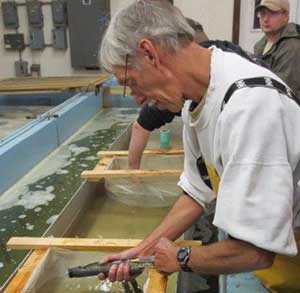 Indiana biologist Jed Pearson tags a young walleye for a Webster Lake stocking.You cant blame district fisheries biologist Jed Pearson for being excited when we talked about muskies earlier this week.
Indiana biologist Jed Pearson tags a young walleye for a Webster Lake stocking.You cant blame district fisheries biologist Jed Pearson for being excited when we talked about muskies earlier this week.
The Indiana biologist who oversees the muskie program had just spent the day at the Fawn River Hatchery tagging 1,500 young fish that were stocked in Lake Webster Thursday.
Indiana biologist Jed Pearson tags a young walleye for a Webster Lake stocking.
Its the kickoff of a new program that Pearson believes will revive the popular, yet slumping fishery. Webster was one of the top muskie destinations in the Midwest 10 years ago but stocking efforts the past few years have produced disappointing results.
Anglers catch their fair share of trophy muskie these days but not many small ones. Thats an indication that something has gone awry.
So, instead of stocking 3,500 8- to 10-inchers in the fall, the DNR held 1,500 over the winter for a 2016 spring stocking. These fish are bigger, averaging 13 inches, which Pearson hopes will give them a stronger start and better survival than theyve had in recent years.
Of course, holding larger muskies can be a pricey endeavor for an agency that pinches pennies. Thats why the Hoosier Muskie Hunters stepped in to pay for minnows that kept the hatchery fish well fed - instead the cheaper pellet food the DNR had been using.
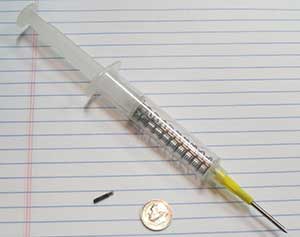 Tiny Personal Integrated Transponder (PIT) tags were injected under the skin behind the dorsal fins of muskies.They will stock another 2,000 smaller fish in the fall, and all of the fish are being tagged. That will allow fish managers to monitor survival rates of year classes and more accurately evaluate the new stocking program.
Tiny Personal Integrated Transponder (PIT) tags were injected under the skin behind the dorsal fins of muskies.They will stock another 2,000 smaller fish in the fall, and all of the fish are being tagged. That will allow fish managers to monitor survival rates of year classes and more accurately evaluate the new stocking program.
Tiny Personal Integrated Transponder (PIT) tags were injected under the skin behind the dorsal fins of muskies.
Iowa began using this same stocking plan and it produced 32 times better than the fall stocking, Pearson explained. We may not get those results, but I really expect to see far better survival of these bigger fish.
Biologists are stymied by why young muskies have disappeared from Webster the past few years. One possibility is a hatchery change in food the DNR employed a few years ago while another theory could be that the larger muskies in the lake have been dining on the newly stocked fish.
The massive destruction of lake vegetation brought on by an over-zealous lake association in 2010 probably didnt help. Without vegetation, the young muskies couldnt hide from the larger predators.
With the vegetation returning the young fish should find sufficient cover.
Pearson has other reasons to be optimistic.
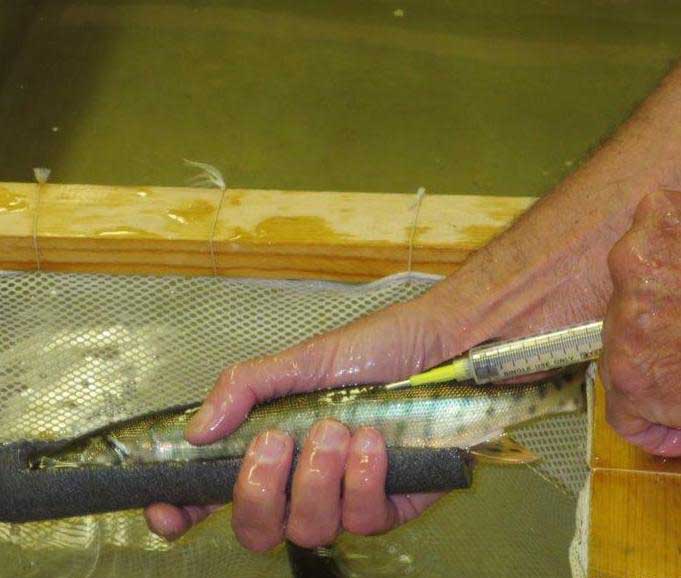 Each muskie was injected with the PIT tag before being released.
Each muskie was injected with the PIT tag before being released.
Each muskie was injected with the PIT tag before being released.
During the spring, the lake is full of forage to give the smaller muskies plenty to eat, said Pearson.
The results of the experiment stocking wont be known for four years. Thats when there are enough year classes to give the DNR sufficient data to properly assess the change in stocking procedures.
Weve seen a about a 90 percent decline in muskie numbers over the past 10 years, said Pearson. Unless we take steps now, well continue to dig ourselves a deeper hole. But Im optimistic that this stocking change can turn it around.





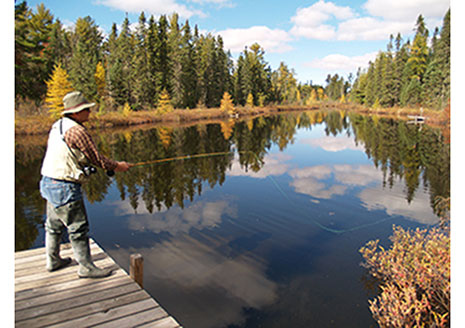
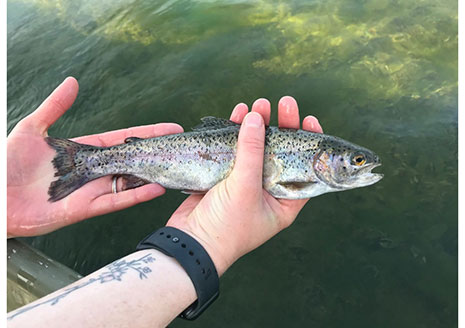


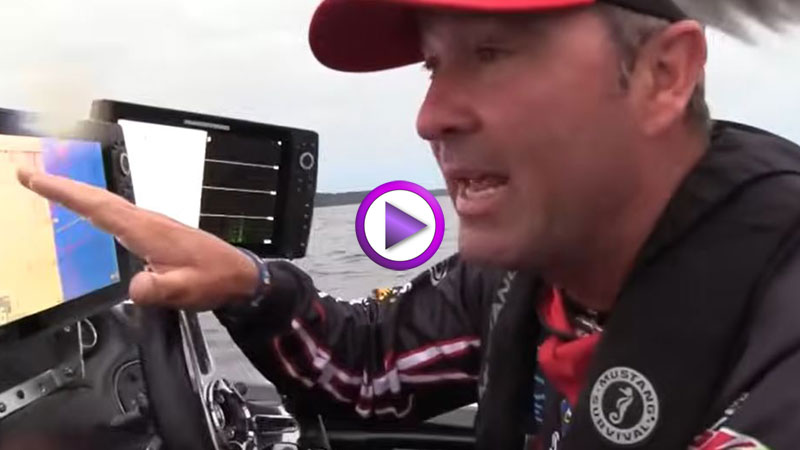





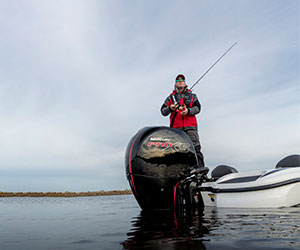


Connect With Us